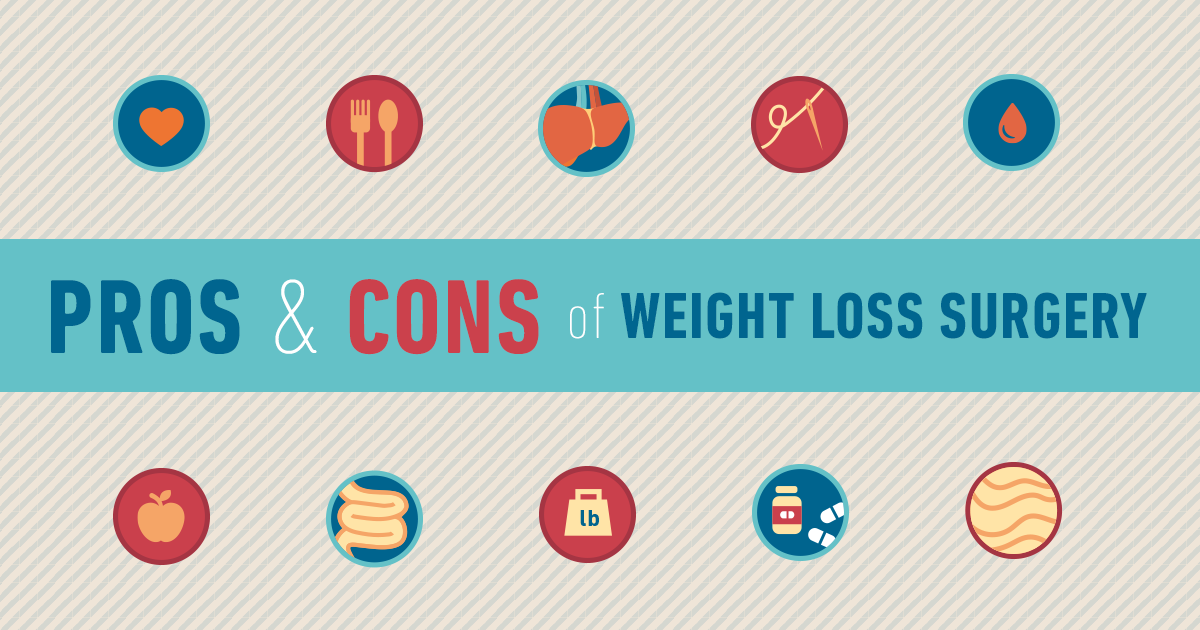Exactly How Does SMILE Eye Surgery Compare To LASIK And PRK?
Exactly How Does SMILE Eye Surgery Compare To LASIK And PRK?
Blog Article
Posted By-Weber Michelsen
If you have actually been considering SMILE eye surgical treatment, you could ask yourself exactly how it stacks up against LASIK and PRK. Each procedure has its very own set of benefits and considerations. From quicker recuperation times to prospective dangers, there are vital differences you should be aware of prior to choosing. Comprehending these differences will aid you make an educated choice that lines up with your specific demands and expectations. Curious to understand even more concerning exactly how these procedures compare carefully? Continue exploring to gain a detailed understanding of SMILE, LASIK, and PRK.
SMILE Eye Surgery Review
If you're considering SMILE eye surgical treatment, you'll find it to be a minimally invasive procedure with a quick recuperation time. During SMILE (Little Laceration Lenticule Extraction), a laser is used to develop a small, accurate cut in the cornea to eliminate a little piece of tissue, reshaping it to fix your vision. This varies from LASIK, where a flap is developed, and PRK, where the outer layer of the cornea is completely eliminated.
One of the essential advantages of SMILE is its minimally invasive nature, causing a faster recovery process and less pain post-surgery. The healing time for SMILE is reasonably fast, with many people experiencing improved vision within a day or 2. This makes it a prominent option for those looking for a practical and efficient vision adjustment treatment. Additionally, SMILE has been shown to have a reduced danger of dry eye disorder contrasted to LASIK, making it a desirable option for individuals concerned regarding this prospective side effect.
Differences Between SMILE, LASIK, and PRK
When contrasting SMILE, LASIK, and PRK eye surgical treatments, it's important to comprehend the distinct methods made use of in each procedure for vision improvement.
cataract surgery for glaucoma (Tiny Cut Lenticule Extraction) is a minimally invasive treatment that includes developing a small cut to extract a lenticule from the cornea, improving it to fix vision.
LASIK (Laser-Assisted In Situ Keratomileusis) entails creating a thin flap on the cornea, using a laser to improve the underlying tissue, and after that repositioning the flap.
PRK (Photorefractive Keratectomy) removes the external layer of the cornea before improving the cells with a laser.
The main distinction hinges on the means the cornea is accessed and dealt with. SMILE is flapless, making it an excellent option for people with thin corneas or those associated with call sporting activities. LASIK supplies quick visual healing because of the flap production, but it might present a higher risk of flap-related issues. PRK, although having a much longer healing duration, stays clear of flap-related problems completely.
Understanding these differences is important in selecting one of the most ideal procedure for your vision adjustment demands.
Advantages And Disadvantages Comparison
To examine the advantages and downsides of SMILE, LASIK, and PRK eye surgeries, it's necessary to consider the details benefits and potential constraints of each procedure. SMILE surgical procedure supplies the benefit of a minimally intrusive procedure, with a smaller sized cut and potentially quicker recovery time compared to LASIK and PRK. It also decreases the risk of dry eye post-surgery, a typical adverse effects of LASIK. However, SMILE might have constraints in dealing with higher degrees of nearsightedness or astigmatism compared to LASIK.
LASIK surgical procedure supplies fast visual healing and marginal pain during the treatment. It's extremely effective in treating a wide range of refractive mistakes, consisting of myopia, hyperopia, and astigmatism. Yet, LASIK lugs a risk of flap difficulties, which can impact the corneal framework.
PRK eye surgical procedure, while not as prominent as LASIK, prevents producing a corneal flap, lowering the risk of flap-related complications. It appropriates for clients with slim corneas or irregular corneal surface areas. However, PRK has a much longer recuperation time and may involve more discomfort during the recovery process.
https://www.fda.gov/news-events/press-announcements/fda-brief-fda-announces-qualification-medical-device-development-tool-help-assess-patient-reported , when it comes to picking between SMILE, LASIK, and PRK, think about it like choosing the excellent set of footwear. SMILE is like a sleek, comfy pair of sneakers - fast and very easy.
LASIK is extra like fashionable high heels - flashy and quick, yet with some possible threats.
PRK is like strong hiking boots - trustworthy and durable, however needing a little bit even more time and effort.
Ultimately, the very best option depends upon your individual needs and preferences.
